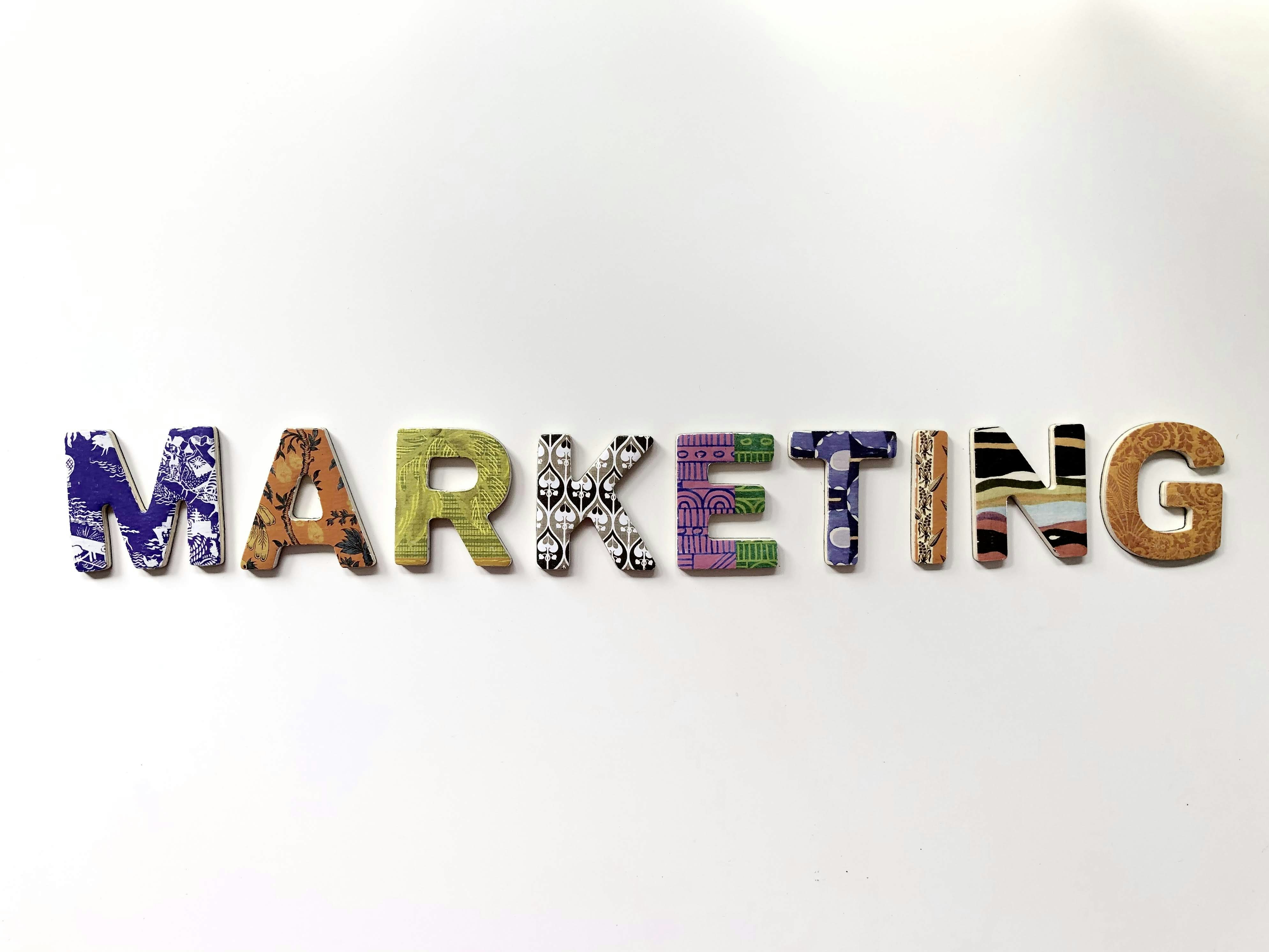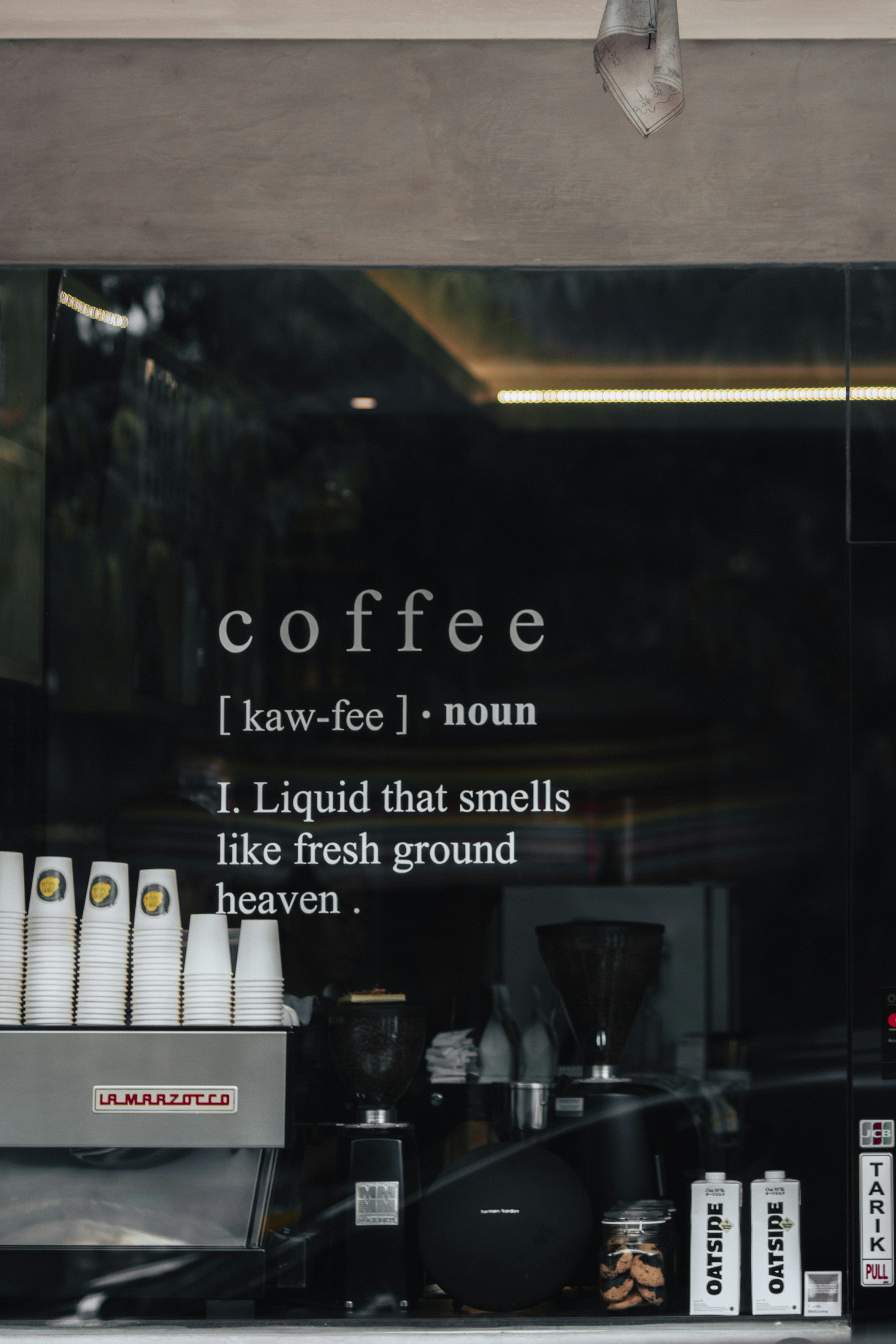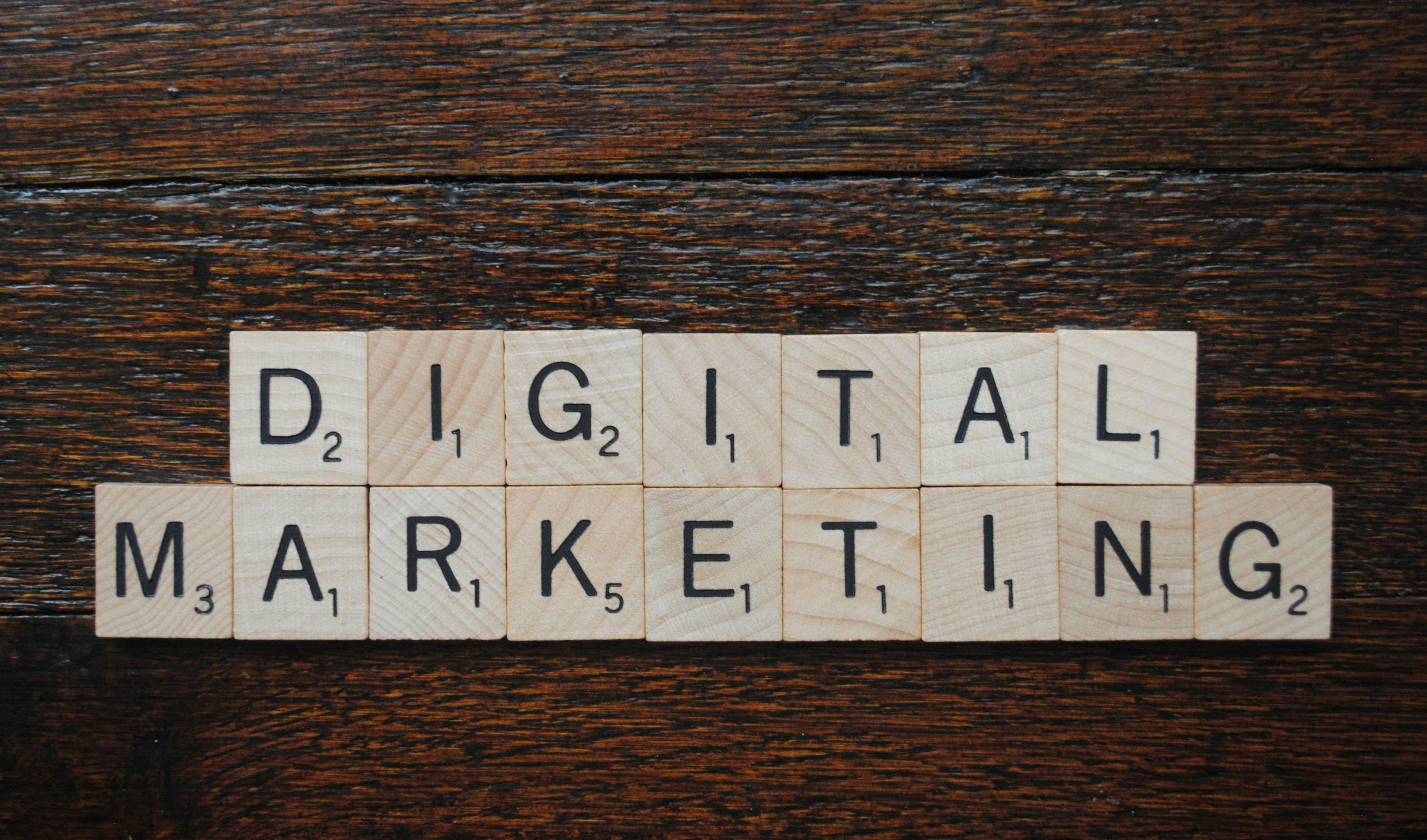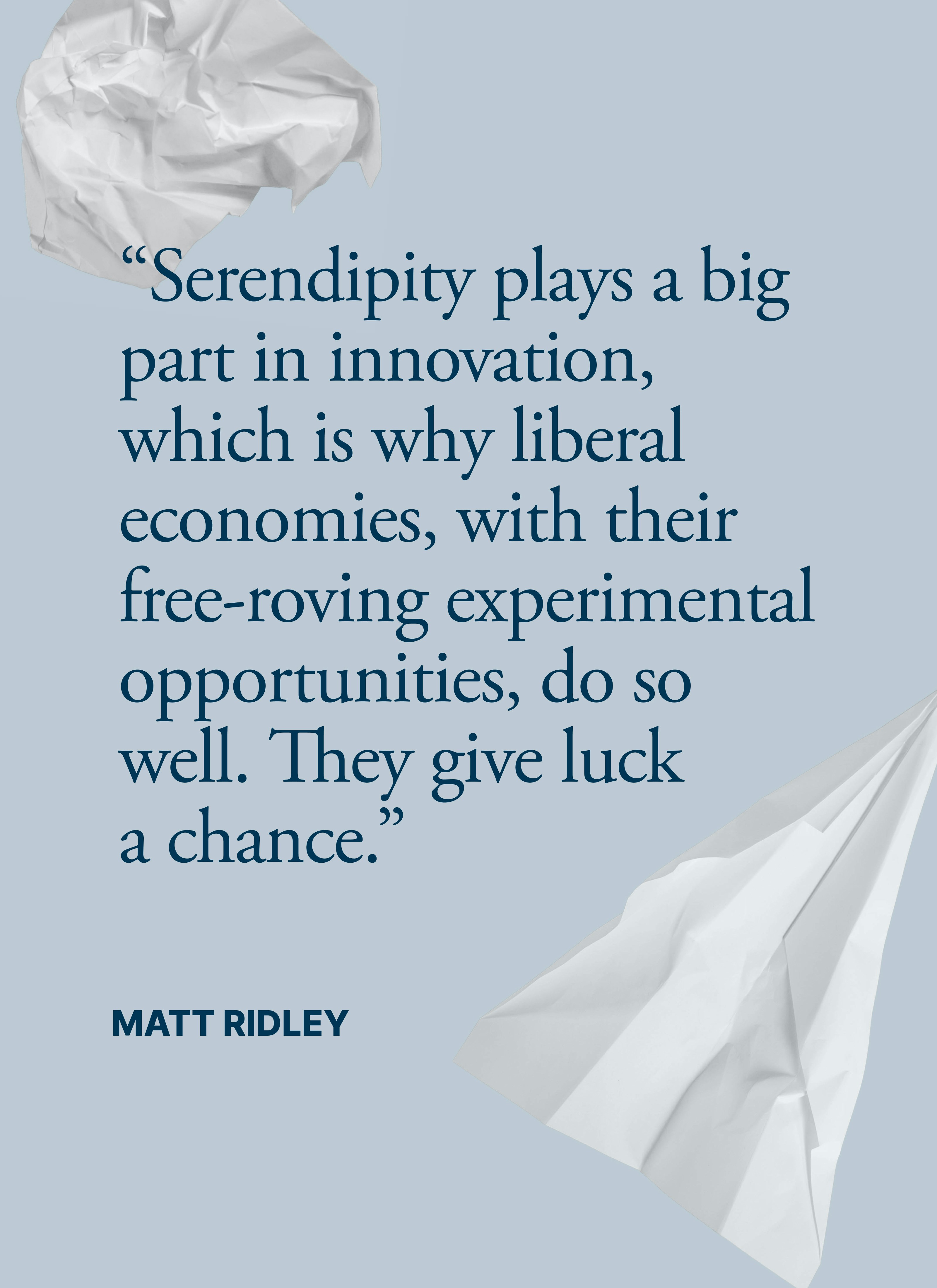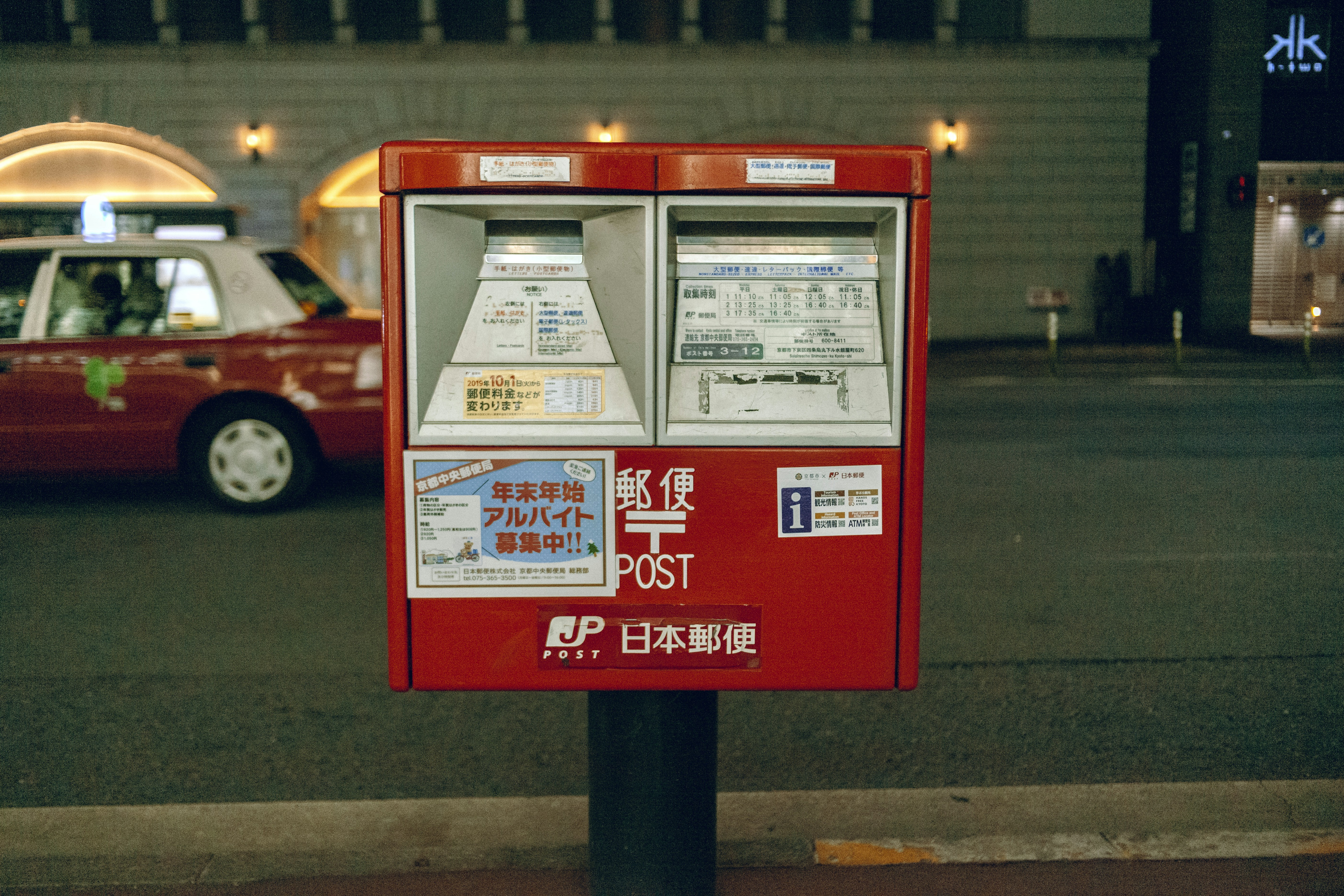Unlock Multisensory Marketing to Boost SEO and SEM Engagement
In the swiftly evolving landscape of digital marketing, the race for consumer attention has taken on unfamiliar dimensions. Traditional SEO and SEM methods alone no longer suffice; they must be synergized with innovative tactics. One groundbreaking approach many marketers are turning to is multisensory marketing—the art of engaging not just sight and sound but also touch, taste, and smell in their strategies. By decoding the senses, brands can create immersive experiences that not only enhance consumer engagement but also subsequently amplify their SEO and SEM performance.
Understanding Multisensory Marketing
Multisensory marketing endeavors to stimulate several of the five senses simultaneously, with the aim of delivering a more engaging and memorable consumer experience. This methodology taps into human psychology, as sensory experiences can evoke emotions and memories, thereby influencing decision-making processes. For instance, a scent can be strongly tied to specific memories, which marketers can leverage to foster brand loyalty.
By engaging multiple senses, brands can craft narratives that resonate more deeply. Imagine wandering through a physical store that fills your nostrils with the enticing aroma of baked cookies. That olfactory cue not only entices you to linger but can drive purchase decisions based on an emotional connection rather than just logic.
The Psychological Underpinnings
While the science of multisensory marketing may sound rudimentary, it's rooted in established psychological principles. For instance, research shows that multi-sensory engagement significantly enhances recall. According to the Harvard Business Review, brands engaging more than one sense can boost consumer recall by up to 70%. This heightened recall is critical for both SEO and SEM as it lays the groundwork for brand recognition and repeat visits to web pages.
Moreover, multisensory experiences can lead to what psychologists refer to as "sensory overload," a phenomenon where too many sensory stimuli can cause confusion or discomfort. By carefully curating these experiences, brands can strike the right balance that fosters an emotional connection and a pleasant user experience.
Case Studies: Successful Campaigns Leveraging Multi-Sensory Experiences
To show how effective multisensory marketing can enhance SEO and SEM performance, let’s explore a few successful campaigns:
1. Coca-Cola and the Power of Scent
Coca-Cola effectively used scent marketing through their "Share a Coke" campaign, which involved special events where consumers could enjoy free samples of Coke with unique aromas linked to the flavors. This not only improved the overall experience but drove online conversations, leading to increased social media mentions. Online engagement surged, improving their organic search presence and optimizing their SEM efforts.
2. IKEA's In-Store Experience
IKEA has mastered the touch and feel aspect of marketing. By enabling customers to sit on sofas or test out kitchen setups, they create an immersive environment that informs purchase decisions. This technique generates such extensive online discussion that it propels their SEO efforts, ensuring their products frequently appear in search results related to home décor.
3. Starbucks’ Coffee Aroma Strategy
Starbucks has long understood the power of aroma as a driver of customer engagement. The smell of freshly brewed coffee wafts through their stores, inviting customers in and persuading them to stay longer. This leads to higher transaction rates, improving their performance on search engines by driving traffic and enhancing brand searches online.
Practical Approaches for Digital Marketers
Now that we've highlighted how multisensory marketing can drive successful campaigns, how can you, as a digital marketer, incorporate these principles into your SEO and SEM strategies to create a more immersive user experience? Here are several actionable steps:
1. Sensory-Rich Content Creation
Visual Elements: Use vibrant, visually appealing images and videos that capture the essence of your brand. Infographics and engaging video content can increase dwell time, thereby positively influencing SEO metrics. Don’t just write about your products—show the whole experience.
Audio Integration: Consider audio elements such as background music or soundscapes to accompany your online content. This creates an engaging atmosphere that holds the attention of users longer. The sounds of natural environments or even gentle music can evoke emotions that align with your brand values.
2. Interactive Features
Layer interactivity into your website. This can include quizzes, polls, or even AR experiences that allow users to engage through touch and sight. Notably, features like AR can drastically change how consumers interact with your products, as outlined in our article on Augmented Reality in SEO.
3. Utilize Customer Feedback Loops
Encourage customers to share their multi-sensory experiences with your products. This could entail reviews that discuss how a product emotionally resonated with them or how it activated their senses. Positive customer sentiment will naturally enhance your SEO standing by creating user-generated content that further drives traffic.
4. Optimize for Voice Search with Conversational Tone
As users increasingly employ voice search, ensuring that your content is optimized for this technology is essential. Infusing a conversational and natural tone within your content can mimic human interaction, effectively resonating with voice search algorithms. Check out our insights on Voice Search and Emotional SEO for more tips.
Engaging Through Taste and Touch
Unlike audibly and visually engaging content, taste and tactile experiences can be challenging to implement online. However, there are innovative ways to interact with these senses in digital spheres:
1. Taste-Driven Email Campaigns
Consider sending customers samples or coupons to redeem products involving taste. Pair these with personalized messages discussing the flavor profiles or the culinary experience that awaits them. This approach can invigorate your email marketing strategy, improving open rates and click-throughs.
2. Touch Elements in Hardware Interfaces
If you sell tactile products, creating an interface that allows potential customers to feel the texture of the materials (even digitally via 360-degree views) can enhance their connection with your products. For those selling tech, using haptic feedback in applications can bridge the gap between the virtual experience and physical sensations.
Next Steps: Enhancing Your Multisensory Marketing Strategy
Implementing multisensory strategies doesn’t merely improve your engagement metrics; it reshapes the consumer journey into something memorable. Here are the next steps to take:
-
Audit Current Practices: Review your existing marketing channels to identify where sensory experiences can be introduced or enhanced. Are your visuals engaging enough? Do your ads evoke emotion?
-
Test and Measure: Pilot campaigns that incorporate multisensory elements, track performance metrics closely, and gather consumer feedback. Understand what works and adjust your strategy accordingly.
-
Coordinate Across Channels: Ensure that your messaging is consistent across various platforms—whether on social media, SEM ads, or your website. A cohesive, multisensory experience strengthens brand identity.
-
Stay Informed on New Technologies: As technology evolves, so too will opportunities for multisensory marketing. Staying ahead of cutting-edge trends and tactics can provide a competitive edge.
Final Thoughts: The Future of Sensory-Driven Digital Marketing
As we step further into 2025, the importance of multisensory marketing in unlocking the full potential of SEO and SEM cannot be overstated. By appealing to various senses and creating immersive experiences, brands can foster deeper emotional connections with consumers, ultimately leading to greater engagement and conversion rates.
By integrating these insights into your marketing strategy, you won’t merely keep pace with evolving trends; you’ll be at the forefront of a transformative approach to user interaction. Embrace the multisensory marketing era—it’s time to engage your audience like never before.
